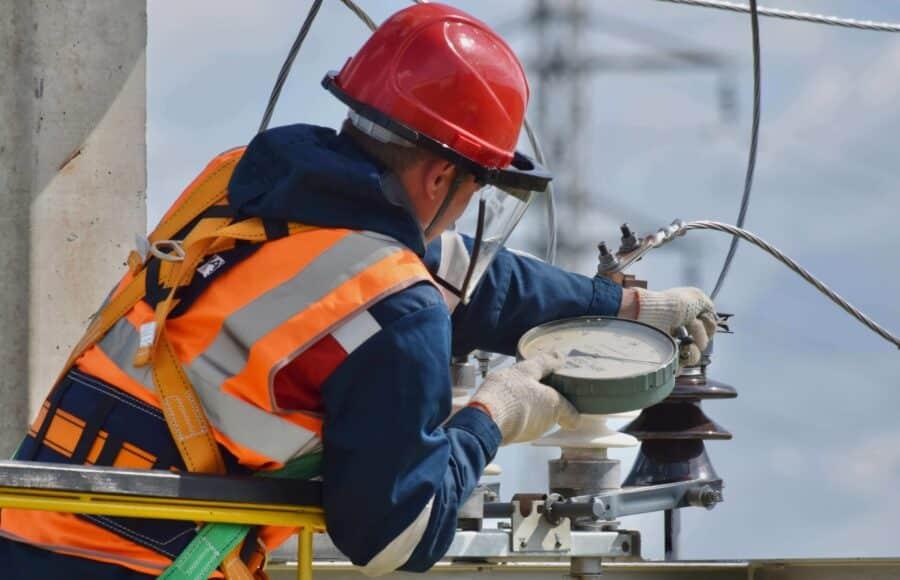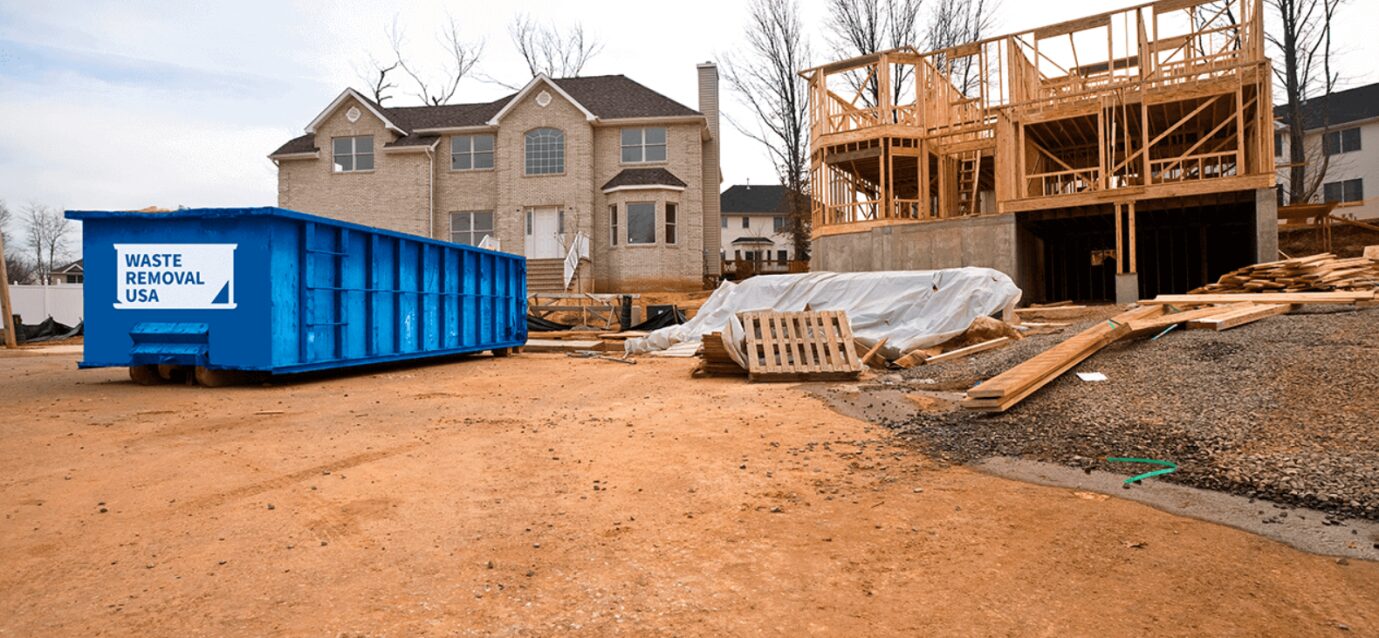In construction, keeping up high standards of quality is not merely a best practice; it is a non-negotiable necessity. For this reason, testing laboratories play an increasingly vital role in ensuring that building materials and structural components meet exacting safety, durability, and performance criteria.
As the industry pushes toward smarter, stronger, and more sustainable construction, testing labs are poised at the very heart of that transformation.
Table of Contents
Rising Complexity of Modern Materials
Traditional building materials, such as concrete, steel, and timber, have now been joined by advanced composites, high-performance polymers, and energy-efficient innovations.
Each new material brings unique properties and challenges. Testing laboratories provide the scientific rigour necessary to understand material stress tolerances, long-term wear, chemical resistance, and environmental suitability.
By simulating extreme weather, seismic conditions, chemical exposure, or thermal fluctuations, labs help engineers predict how materials will behave over decades.
Driving Safety and Compliance Standards
Regulatory bodies around the world continuously update building codes to reflect emerging risks, from extreme weather events to structural innovations like 3D-printed concrete.
Testing labs are essential in validating that new materials and construction methods meet or exceed those codes.
Certifying products through reliable testing not only ensures compliance but also builds trust among stakeholders. In turn, this enables engineers, contractors, and developers to adopt new solutions more confidently without compromising safety.
Enabling Sustainable and Green Construction
With sustainability rapidly becoming a core focus for the construction industry, testing labs are instrumental in validating eco-friendly materials.
Whether assessing the embodied carbon of recycled aggregates or verifying the long-term performance of low-VOC binders, labs deliver the performance data needed to support green building certification schemes.
By enabling lifecycle testing, considering wear, decay, maintenance, and recyclability, labs contribute directly to resource-efficient, low-impact construction practices.
Access to Premium Testing Equipment
High-precision instrumentation makes all the difference in lab testing. Advanced equipment, such as high-resolution scanning electron microscopes, dynamic load-frame systems, or accelerated ageing chambers, enables labs to deliver thorough and accurate assessments.
Suppliers such as https://www.oconchemicals.ie/ provide state-of-the-art laboratory equipment that supports rigorous testing and analysis.
Having the right tools in place ensures that laboratories can continue to push boundaries and maintain the highest standards of construction quality.
Innovation Through R&D Partnerships
Testing labs often collaborate with universities, manufacturers, and research institutions to pioneer the next generation of construction technologies.
These R&D partnerships fuel advancements such as self-healing concrete, ultra-lightweight insulating composites, and responsive façade systems.
Labs do not just test commercially available materials; they help transform cutting-edge prototypes into market-ready solutions through iterative cycles of formulation, testing, and optimization.
Data-Driven Quality Assurance
Today’s labs increasingly leverage digital technologies, including automated testing rigs, sensor-based monitoring, and AI-powered analysis, to boost the speed, precision, and transparency of their services.
Real-time data collection lets stakeholders monitor batch-to-batch consistency, trace unexpected anomalies, and implement corrective actions swiftly. By converting raw results into actionable insights, labs help harmonize quality assurance with predictive decision-making.
Global Standards, Local Context
Construction projects span diverse geographies, from arid deserts to flood-prone coasts. Testing labs allow for the calibration of materials and techniques to local environmental realities.
By testing for freeze-thaw cycles, saline corrosion, or humidity impacts in regions where such stressors are prominent, labs ensure materials are fit for purpose. In doing so, they support not just global standardization but also regionally tailored quality solutions.





